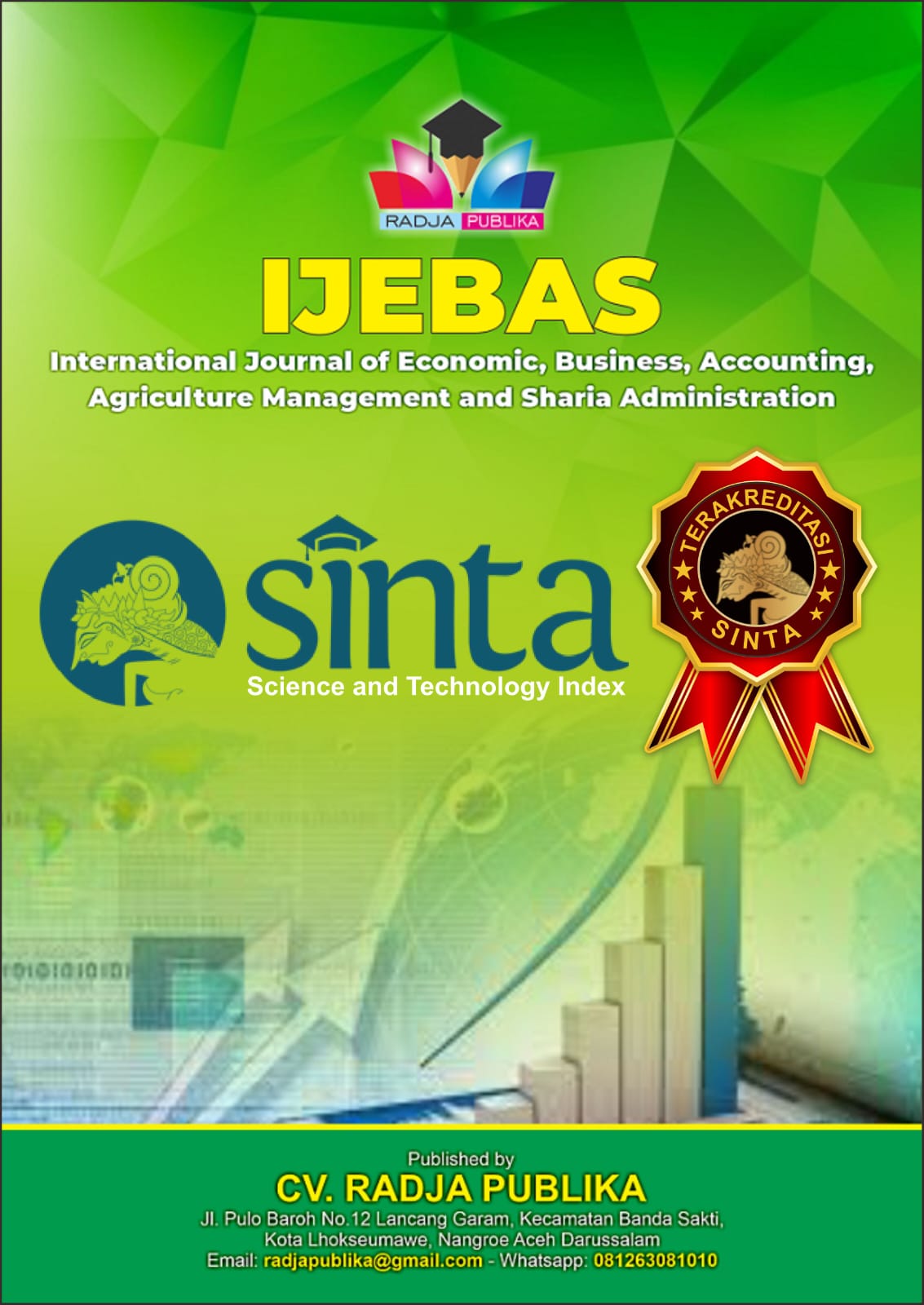PROCESSING JACKFRUIT SEED WASTE (Artocarpus heterophyllus lamk) INTO AN ALTERNATIVE FOOD SOURCE FOR TEMPE
Main Article Content
Fadhel Rizky Suryawan
Zuhra Salsabilla
Azmira Lasari Tanjung
M. Farand Farensyah Garal
Susheila Yuliawati
This study aims to determine how to process jackfruit seeds (Artocarpus heterophyllus lamk) into a food source of tempeh without using soybeans, and to assess its feasibility as an alternative to soybean tempeh. The background of this study is based on Indonesia's high dependence on soybean imports, which causes the price of tempeh raw materials to increase. Jackfruit seeds were chosen because they have high nutritional content such as carbohydrates, protein, vitamins, and minerals, as well as their abundant availability. Which is suitable as a substitute or alternative to jackfruit seeds. This study used a quantitative research method with an experimental approach through the fermentation process of jackfruit seeds using Rhizopus oligosporus yeast. The results showed that jackfruit seed tempeh has good physical and organoleptic characteristics, with a solid shape, soft but compact texture, grayish white color, slightly sweet savory taste, and a distinctive aroma of tempeh. The fermentation process for two days at room temperature (28–32 °C) resulted in even mycelial growth and optimal fermentation. In terms of nutrition, jackfruit seed tempeh contains quite high protein and fiber so it has the potential to be a nutritious and affordable alternative food. Thus, jackfruit seeds have the potential to be a substitute for soybeans in the production of tempeh, while also supporting food diversification and reducing Indonesia's dependence on soybean imports.
Amalia, N., Salsabila, Z., & Tanjung, A. L. (2021). Inovasi tempe biji nangka sebagai alternatif pengganti kedelai dalam diversifikasi pangan lokal. Jurnal Inovasi Sains dan Edukasi, 2(1), 45–52.
Andaka, G., Nareswary, P. O., Budilaksana, F., & Trishadi, D. E. (2017). Pemanfaatan limbah biji nangka sebagai bahan alternatif dalam pembuatan tempe. Jurnal ReTII, 4(2), 866–870.
Asriani, S. (2023). Optimasi lama pengukusan biji nangka terhadap kadar air dan kadar protein serta uji organoleptik [Skripsi, Universitas Bosowa]. Repository Universitas Bosowa.
Hutagaol, H. A. (2014). Pengaruh lama fermentasi terhadap kadar protein, air, dan karbohidrat pada tempe biji nangka (Artocarpus heterophyllus) [Skripsi, Universitas Negeri Medan].
Irna, A., & Amalia, N. (2021). Pengaruh durasi fermentasi dan jumlah ragi terhadap kualitas tempe biji nangka. Jurnal Inovasi Sains dan Edukasi, 2(1), 45–52.
Nareswary, P. O., & Andaka, G. (2017). Pembuatan tempe dari biji nangka sebagai makanan sehat berprotein (variabel berat ragi dan waktu fermentasi). Jurnal Inovasi Proses, 2(2), 74–77.
Sari, R., Rahman, A., & Mahfud, S. (2016). Fortifikasi tempe berbahan dasar kedelai dan biji nangka [Skripsi, Universitas Negeri Makassar].
Silvia, I. (2009). Pengaruh penambahan variasi berat inokulum terhadap kualitas tempe biji durian (Durio zibethinus) [Skripsi, Universitas Sumatera Utara].
Widodo, W. (2012). Pemanfaatan biji nangka (Artocarpus heterophyllus Lamk) sebagai substrat pembuatan tempe biji nangka dengan variasi kadar ragi dan lama fermentasi [Skripsi, Universitas Islam Negeri Sunan Kalijaga Yogyakarta].
Wulandari, D., Arifin, M., & Rahmawati, S. (2020). Pemanfaatan limbah biji nangka sebagai bahan alternatif dalam pembuatan tempe. Jurnal Agroindustri Lokal, 4(2), 88–96.



























